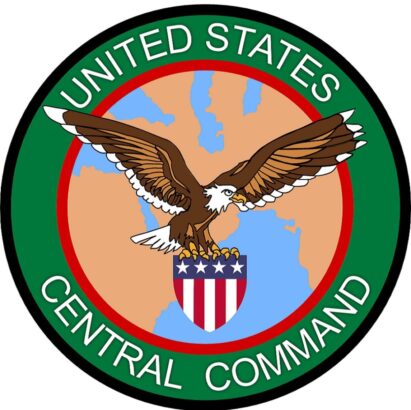The U.S. Central Command (CENTCOM) forces successfully neutralized an Iranian-backed Houthi uncrewed aerial vehicle (UAV) in a Houthi-controlled region of Yemen over the past 24 hours.
CENTCOM said in a statement, the UAV posed an imminent threat to U.S. and coalition forces as well as merchant vessels navigating the area.
It vowed to continue to commitment of U.S. forces to safeguarding freedom of navigation and ensuring the safety and security of international waters.
“This proactive measure was necessary to protect our forces and maritime traffic from potential hostile actions,” CENTCOM said in a statement sent to newsrooms on Wednesday.
“By destroying this UAV, we have mitigated a significant risk to the stability and security of the region.”
The Houthi movement, backed by Iran, has been involved in a prolonged conflict in Yemen, often utilizing UAVs and missiles against coalition forces and civilian targets.
The Houthi movement in Yemen is engaged in conflict with various forces, including those allied with the United States, along the Red Sea for several reasons.
The Red Sea is a crucial maritime route, particularly the Bab-el-Mandeb strait, which is one of the world’s key chokepoints for oil and global trade. Controlling or disrupting this area can give the Houthis significant leverage in their conflict.
The Houthis are backed by Iran, which uses the conflict as part of its broader regional strategy to challenge U.S. and Saudi influence in the Middle East. By supporting the Houthis, Iran can exert pressure on its adversaries and project power into the Red Sea region.
This support is a key factor in the Houthis’ ability to sustain their fight and engage in operations that affect international waters.
The primary conflict for the Houthis is against the Yemeni government and a coalition led by Saudi Arabia, which receives support from the United States.
Striking at targets in the Red Sea allows the Houthis to disrupt Saudi and coalition operations, supply lines, and economic interests.
This disruption serves both tactical and strategic purposes, weakening their opponents and drawing international attention to the conflict.
The Houthis’ use of UAVs, missiles, and small boats is part of their asymmetric warfare strategy.
These tactics enable them to target more powerful naval forces and commercial shipping effectively, offsetting their conventional military disadvantages.
This approach has allowed the Houthis to punch above their weight in the conflict, creating significant challenges for their adversaries.
Disrupting maritime traffic in the Red Sea also has substantial economic implications.
Increased risks have lead to higher insurance costs for shipping, likely to cause broader economic impacts.
Want to send us a story? Contact Shahidi News Tel: +254115512797 (Mobile & WhatsApp)


